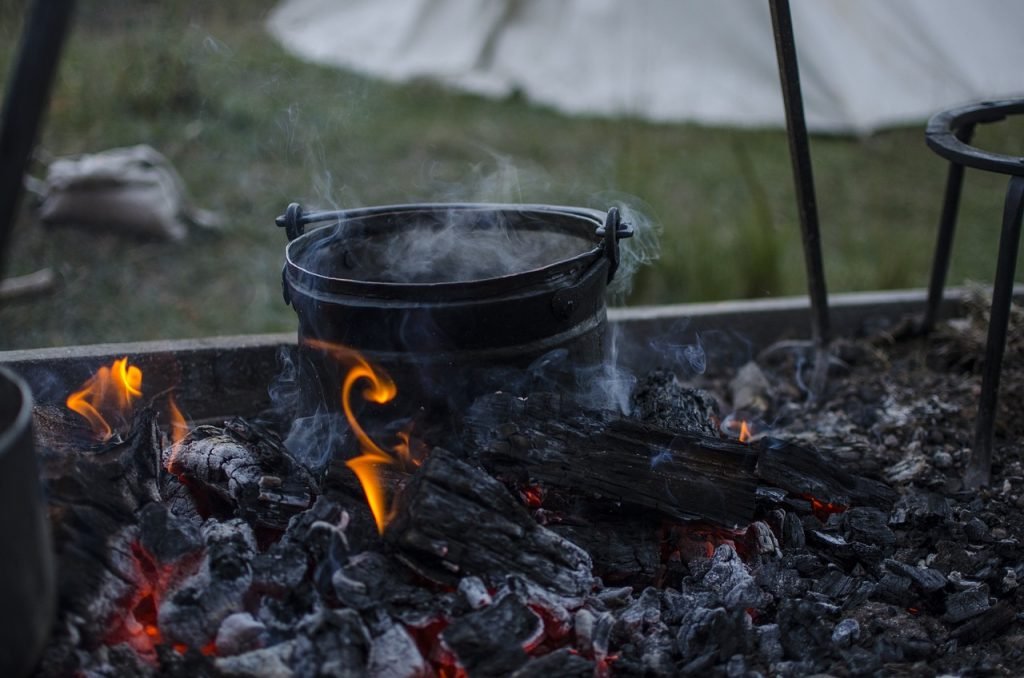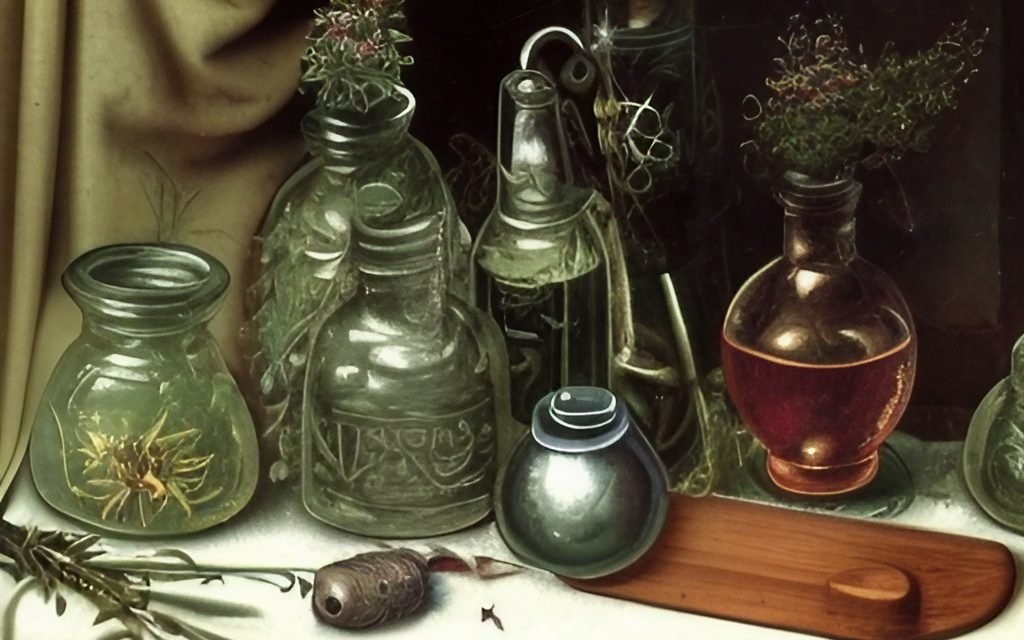Plants and herbs are used in many cultures to treat a variety of ailments. In medieval times, herbs were used extensively as medicine and also in cooking and other daily tasks. One herb that was often used during this time period was sage. The plant has a long history of being valued for its medicinal properties, and it is still commonly found in kitchens today.
The use of herbs in the Dark Ages
Herbal remedies have been around for centuries and were especially prevalent before modern medicine. In those days, the knowledge of herbal medicine was not as advanced as it is today, but herbs played a vital role in the health and well-being of people across Europe. Herbs such as sage were used to treat common ailments, while others were utilized to cure more serious diseases.
Herbalists during the Middle Ages were often consulted for their knowledge and used a variety of herbs to treat illnesses and other ailments in combination with prayers, chants, and rituals. They would collect herbs from the wild, grow them in their own gardens, or purchase them from apothecaries and merchants. The herbs were then dried, ground up, and mixed with other ingredients to make herbal remedies.
In addition, herbalists also used plants for different purposes such as creating perfumes and dyes for clothing. They kept records of their experiments and passed on this knowledge through generations.

Medicinal plants in medieval Europe
Common herbs found during this time period included sage, rosemary, thyme, lavender, chamomile, and mint. Dandelion, dill, peppermint, and coriander were also popular plants found in a medieval herb garden. They could be dried and stored for later use or added fresh to soups and stews as flavor enhancers or health boosters. Medieval doctors employed these plants to treat illnesses as well as promote general health and wellness among their patients.
Medicinal use in medieval times
Sage was one of the most popular herbs used in medieval medicine because of its many health benefits. It was believed to have anti-inflammatory, anti-bacterial, and antiseptic properties that could help treat a variety of ailments.
The plant was thought to be helpful for digestive issues, headaches, colds and flu, joint pain, and skin disorders. It was also believed to be good for memory and concentration.
In addition to its medicinal benefits, the herb was an important ingredient used in cooking during the medieval period. Its savory flavor was used to season food, as well as soups, stews, sauces, and medieval recipes. It was also used to make tinctures, ointments, and teas for a variety of ailments.

Other uses during the Dark Ages
Sage was also used in various ceremonies and rituals during the Middle Ages. It was believed to have spiritual properties that could ward off evil spirits and bring good luck. It was often burned as incense or used in spells and potions. The plant was also believed to have cleansing properties, so it was regularly burned to purify a space before rituals were performed.
In addition, the leaves were sometimes scattered around a room for protection against bad luck and misfortune. This practice is still popular in some cultures today.
Overall, the herb was important hundreds of years ago for both medicine and for its perceived spiritual properties. It was used for the treatment of ailments, as well as to protect against bad luck and evil spirits. The plant is still popular today, both for culinary and medicinal purposes, but its use during the Middle Ages remains an interesting part of history.

Grow and harvest at home
If you’re looking for a medicinal herb that is easy to grow and has a plethora of benefits, then look no further than sage. Not only does it have a rich history dating back to medieval days, but the plant also provides many benefits that can be enjoyed today.
When it comes to growing the scrub, there are a few things to keep in mind. The plant should be planted in the springtime, either directly outdoors or indoors in a pot. It should be planted in well-draining soil that is rich in organic matter and receives full sun for at least six hours each day.
Once your plants reach maturity – usually around their second season of growth — you can begin to harvest the leaves. It’s best to harvest the plant in the morning when the dew has just evaporated, as this ensures that most of the essential oils and flavor are still intact. To harvest, simply snip off individual leaves or entire branches and set them aside for later use.
The benefits of growing your own herbs at home are numerous. Not only can you enjoy the fresh flavor and aroma of the homegrown herb, but you can also use it for its many medicinal purposes.
In summary
Today, sage is still used today for both its culinary and medicinal properties – a legacy of the Middle Ages when its spiritual and health benefits were highly sought after. As such, it remains an important part of herbalism history, providing us with insight into how many cultures have utilized this incredible herb over the centuries.





